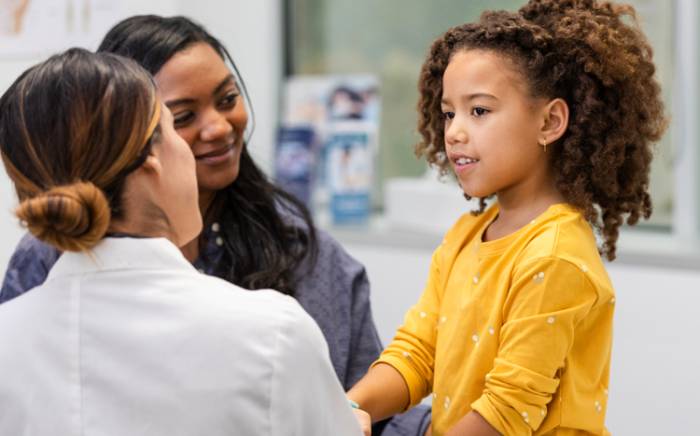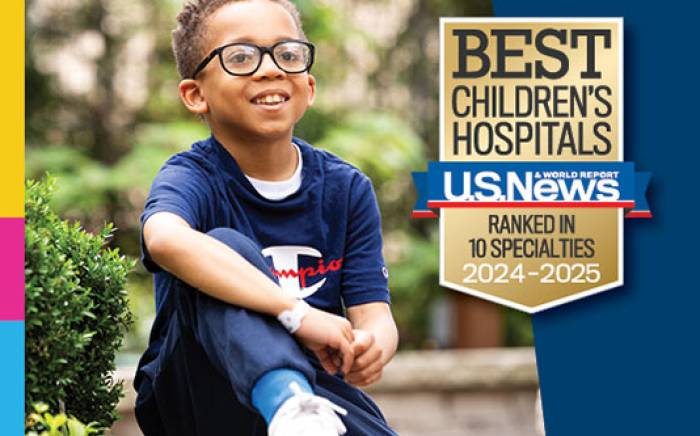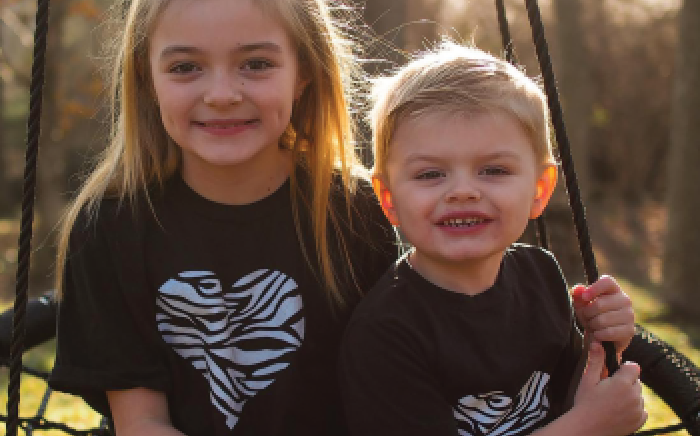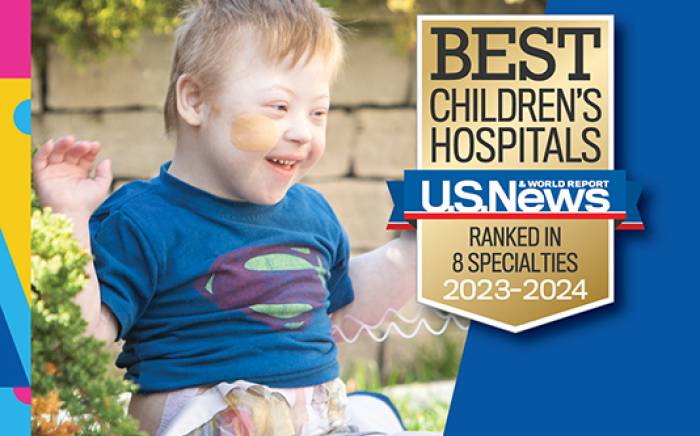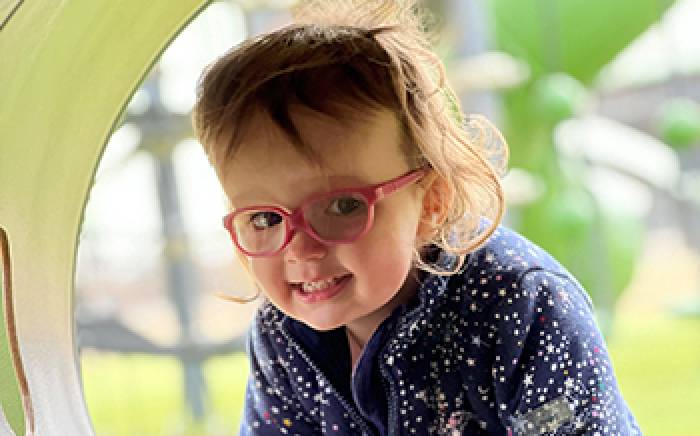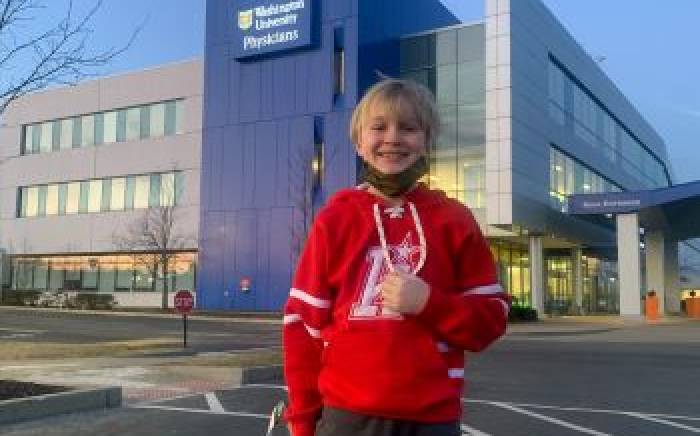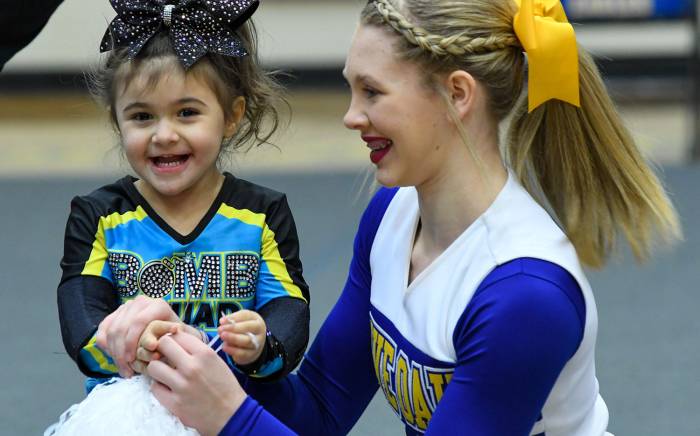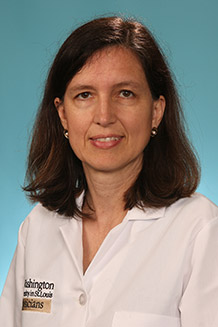 With an insatiable curiosity and passion for patient care, pediatric neurologist Christina Gurnett, MD, PhD, doesn’t accept the status quo in the clinic or in the research lab. So she is always striving to make an impact through every avenue possible.
With an insatiable curiosity and passion for patient care, pediatric neurologist Christina Gurnett, MD, PhD, doesn’t accept the status quo in the clinic or in the research lab. So she is always striving to make an impact through every avenue possible.
As of July 1, Gurnett has another channel to make a difference as the new neurologist-in-chief at St. Louis Children’s Hospital and head of the division of pediatrics and developmental neurology at Washington University School of Medicine in St. Louis.
As an epileptologist and researcher, Gurnett has maintained a cross-discipline focus since she arrived at St. Louis Children’s Hospital in 2000. Her plan as chief is to further strengthen and expand collaboration and research across disciplines—both inside and outside the hospital.
Gurnett says she is stepping into a renowned program poised to make even greater strides in the next few years.
“The direction we’re going is exciting and I want to continue that. I’m proud of the excellent resident training program we have and our strong tradition of leadership in the neurology field. Dr. Philip Dodge, the founder of pediatric neurology, started the program here in 1967. He trained many generations and we continue that legacy with exceptional trainees we recruit to stay here or who go on to other leadership roles around the country.”
The neurology division has more than doubled in size to nearly 30 faculty members since Gurnett began at St. Louis Children’s.
“The neurology field is so vast that what each of us does on a day-to-day basis is very different,” she says. “This is a great strength because we all bring different things to the table for patient care.”
She says the team is working more closely than ever with other disciplines across the hospital, including cardiology, otolaryngology, orthopedics and the neurocritical care area, in addition to pediatric neurosurgery, community neurologists, neuro- oncology, the pediatric intensive care unit and the newborn intensive care unit.
“The demand for the neurology team continues to grow because there’s a greater awareness that many diseases and treatments affect the brain,” Gurnett says. “For example, there is now recognition that congenital heart disease affects brain development. Nearly half the pediatric patients in the hospital have neurological abnormalities before or during hospitalization. We are measuring, testing and noting the impact on the brain to provide better care.”
Consistently recognized in “The Best Doctors in America,” Gurnett divides her time evenly between clinical care and research. “The best aspect of pediatric neurology is that I get to know my patients and families well, see my patients grow up, and help them. As a mom, I want to ensure all children are getting the best care possible, just as I would want for my own children.”
Gurnett feels the most important way to advance care for her patients is to advance research.
While her specialty is epilepsy, she also is trained in genetics research, which takes her deep into other neurology areas. She says she is driven to do this research because she feels some pediatric disorders have been neglected compared to adult diseases.
“Twenty years ago there was a perception that neurologists just diagnosed patients but had few answers or treatments to help these patients,” Gurnett says. “We have come a long way but I want to make sure we can offer improved treatments and care through research advances.”
Gurnett has held leadership roles with Washington University’s Institute of Clinical and Translational Sciences (ICTS) for several years that have resulted in various research collaborations with other disciplines. She is currently the associate director of ICTS and the chair of the ICTS operations committee, as well as a member of the ICTS executive committee.
In addition, she holds leadership positions in other programs, serves on numerous university and hospital committees, and is a frequent lecturer around the country.
“My goal is to break down barriers between disciplines to do more clinical and translational research,” Gurnett says. “After 18 years here, I know the environment and can bring ideas and experience in how to do research better through collaborations to make sure we aren’t working in silos. We are focused on being well integrated with all disciplines of the hospital to maximize the expertise of all faculty. We want to foster teams to tackle big problems. The most important thing is we work toward common goals to provide the best treatments to patients.”
She believes the field is behind in applying genetic discoveries to neurology treatments. “We’ve made many advances in genetics. Now what treatments can we offer using this knowledge?”
In partnership with Matthew Dobbs, MD, a pediatric orthopedic surgeon (and also Gurnett’s husband), Gurnett directs a lab interested in discovering the genetic basis of musculoskeletal and neurological disorders. “We have found new genes so we can tell what mutation is causing a certain disease or disorder. That has been groundbreaking,” she says. “We now have tools we can apply across every disease and collaborate in research in cancer, musculoskeletal, aortic aneurysms and more. We also found other genetic variances where we don’t know what those mean or what they do. The next step is to answer those questions.”
Currently, Gurnett’s research focuses on gene discovery for idiopathic clubfoot and adolescent idiopathic scoliosis. These diseases often have a neurological basis, she points out. For example, many muscular dystrophy patients have scoliosis.
As part of her research, Gurnett co-founded the Washington University in St. Louis Pediatric Musculoskeletal DNA Databank, which focuses on collecting DNA from patients with pediatric musculoskeletal disorders.
“The last year or so in research has seen amazing achievements,” Gurnett says. “We’ve developed clinical trials for diseases we thought were untreatable.”
Gurnett collaborated on a life-changing study with her colleague, Anne Connolly, MD, who specializes in neuromuscular disorders. The study led to a clinical trial for a new drug that was shown to be effective to treat spinal muscular atrophy. It was recently FDA approved.
“We now have a treatment available that we never thought possible,” Gurnett says. “With the new treatment, we can turn around a previously fatal disease. It gives us a lot of hope.”
She continues: “As we go forward, my goal is to continue to advance research so we can offer improved care with new treatments.”
Gurnett attended University of Notre Dame for her bachelor of science in biology. She earned her medical degree from University of Iowa, where she also earned a PhD in physiology and biophysics. She completed her pediatrics residency at University of Iowa followed by a fellowship in pediatric neurology at Barnes-Jewish Hospital and St. Louis Children’s Hospital and Washington University School of Medicine. Gurnett was a pediatric epilepsy fellow at St. Louis Children’s Hospital.


